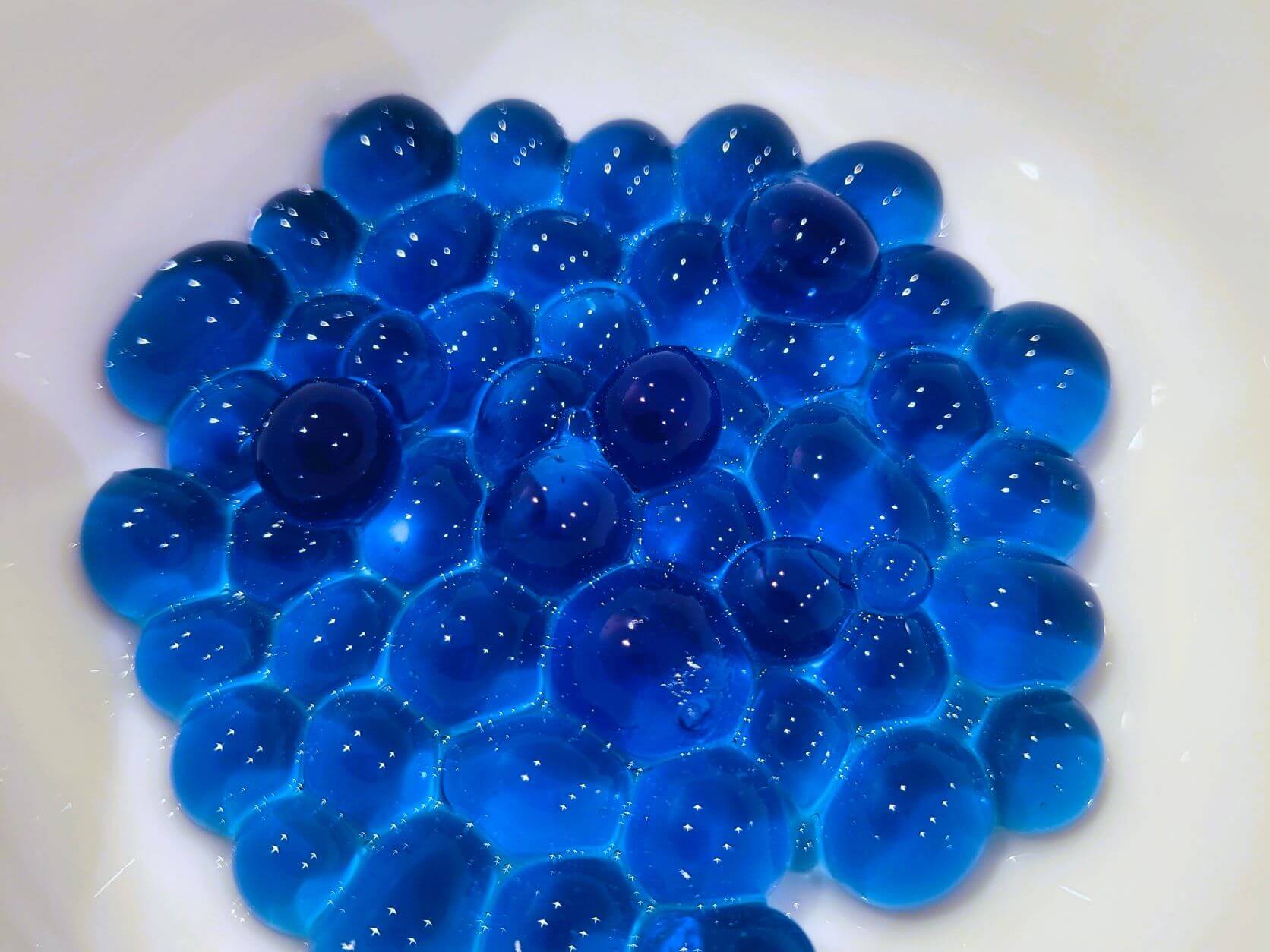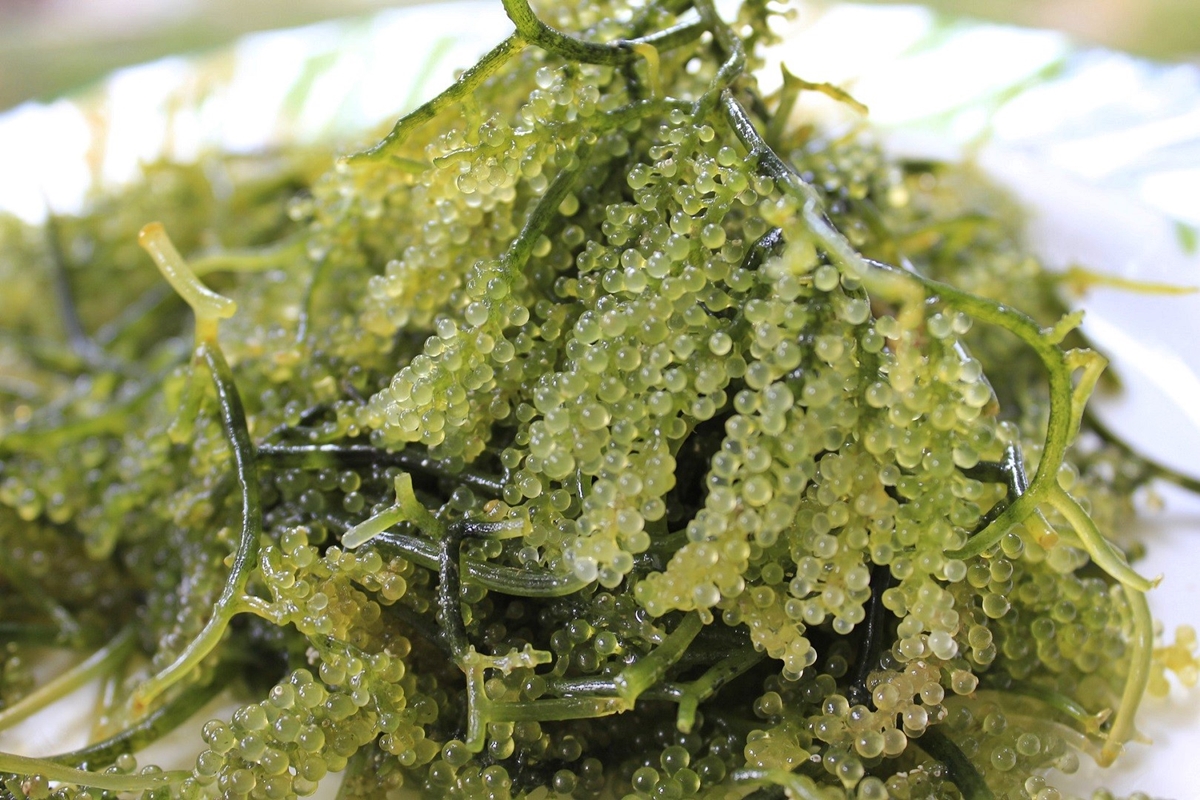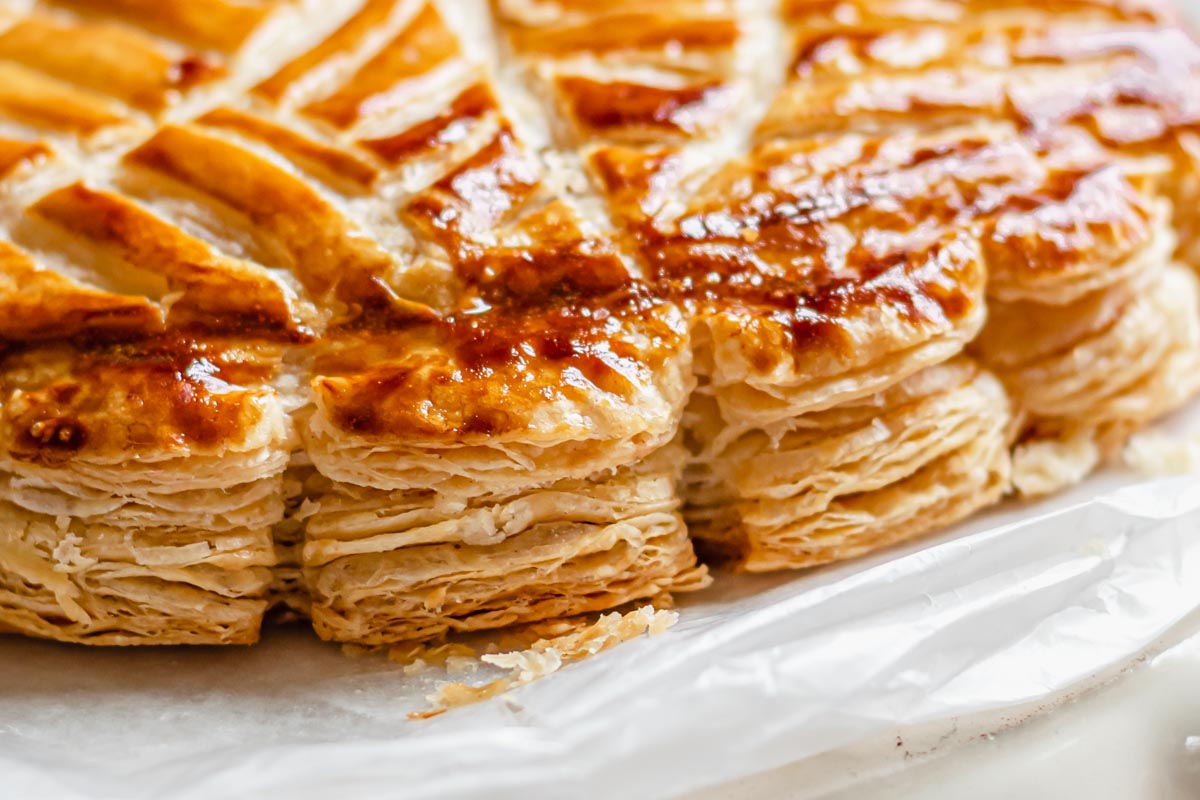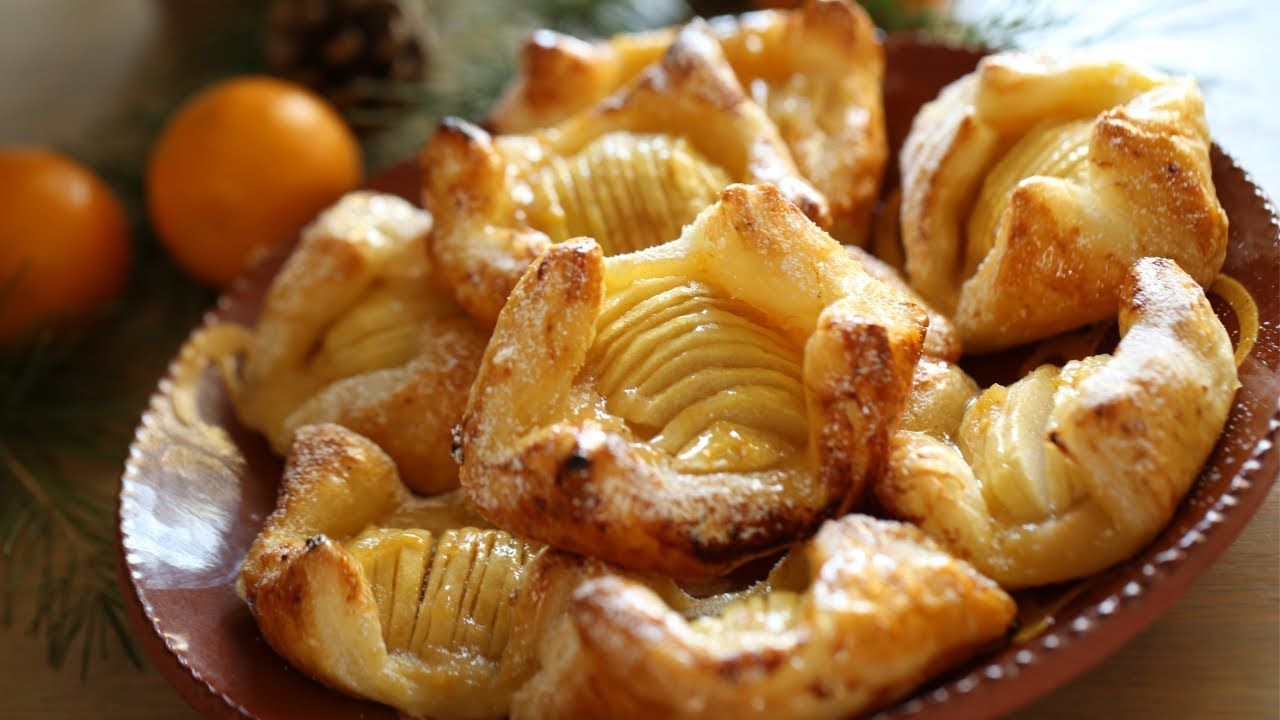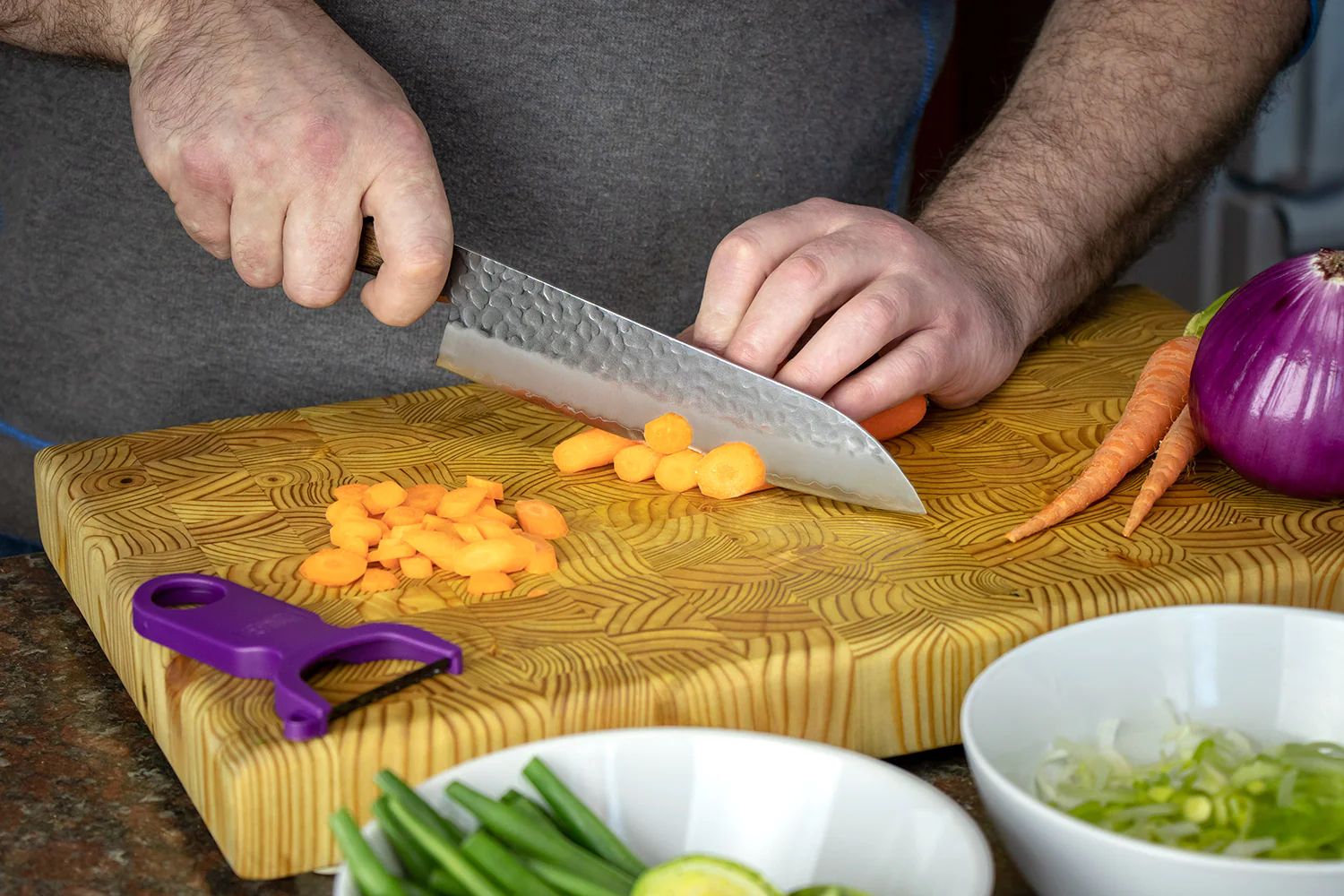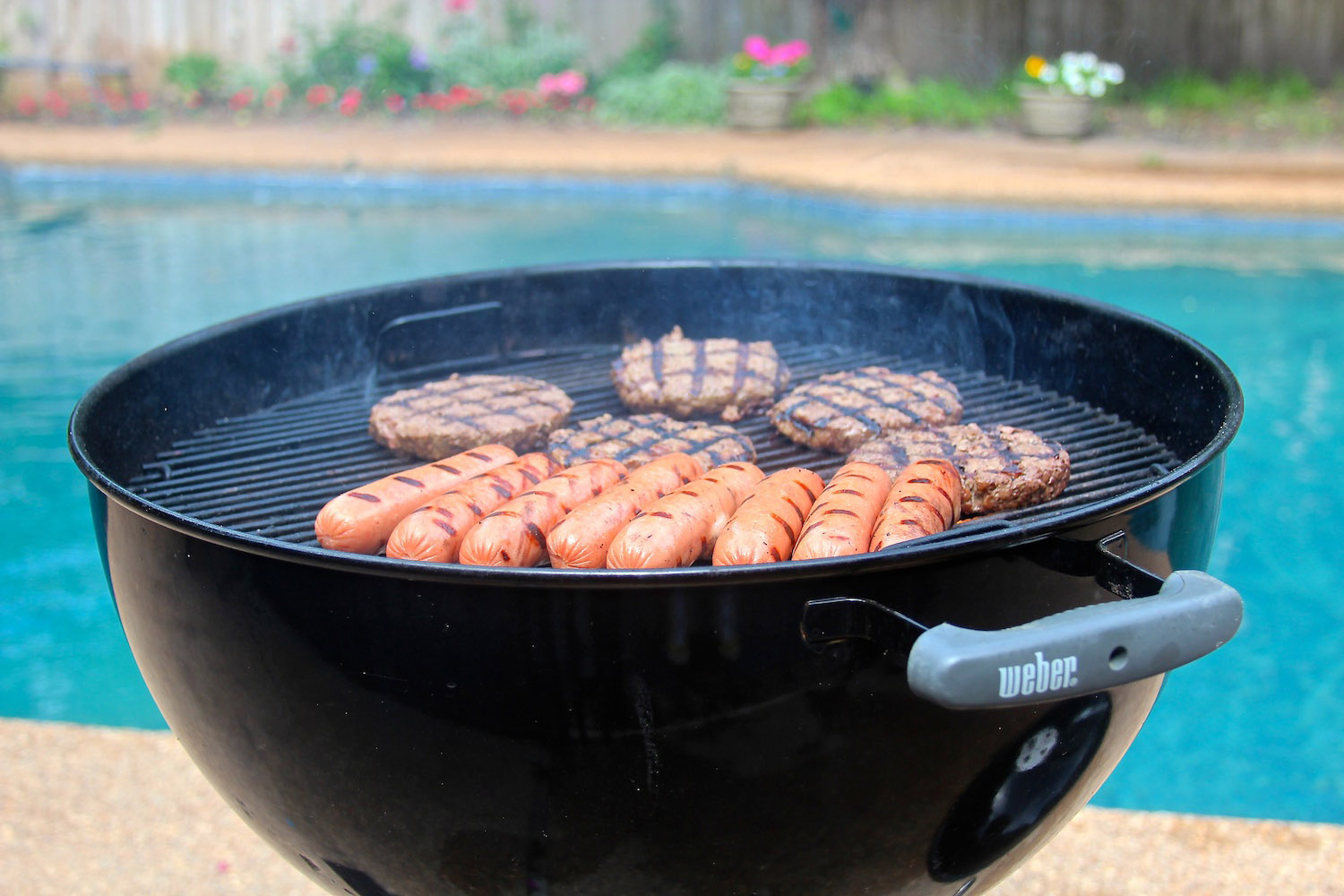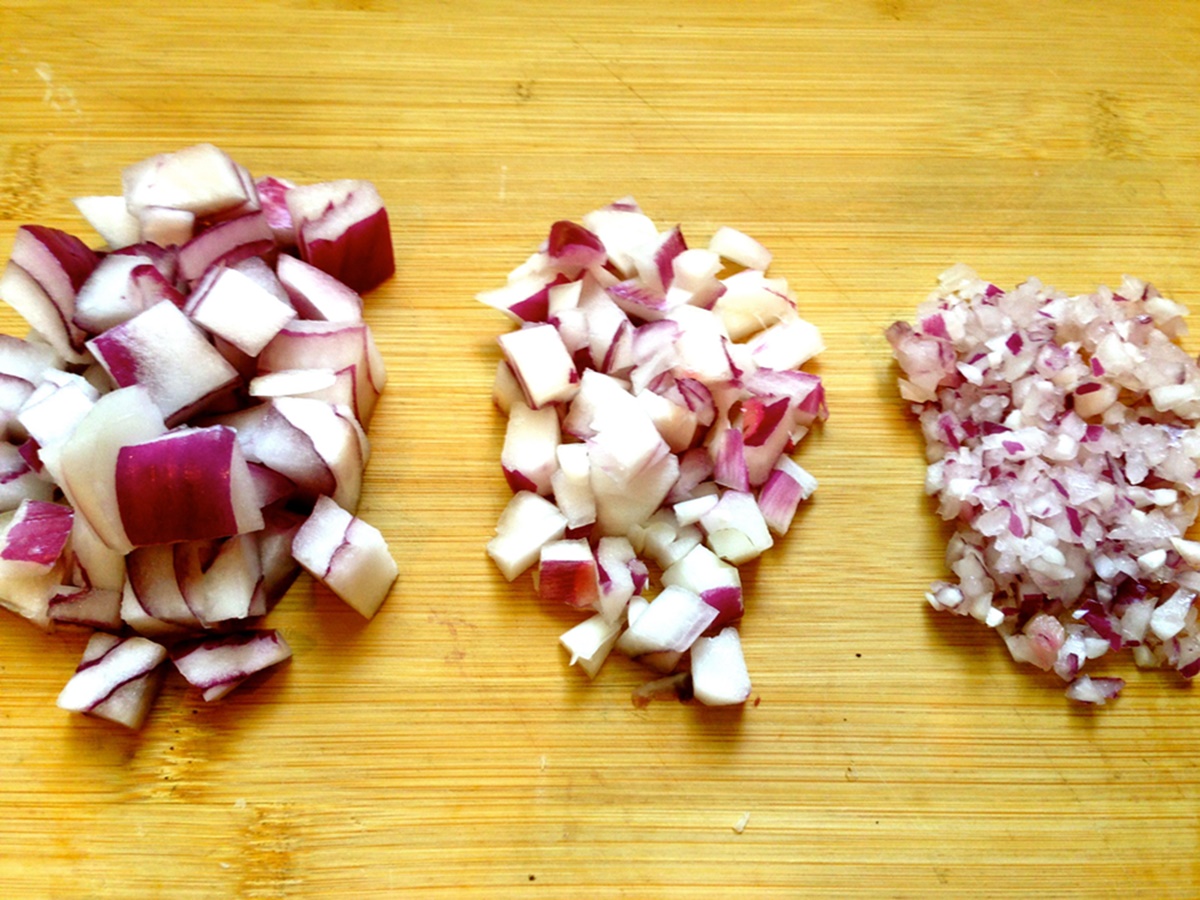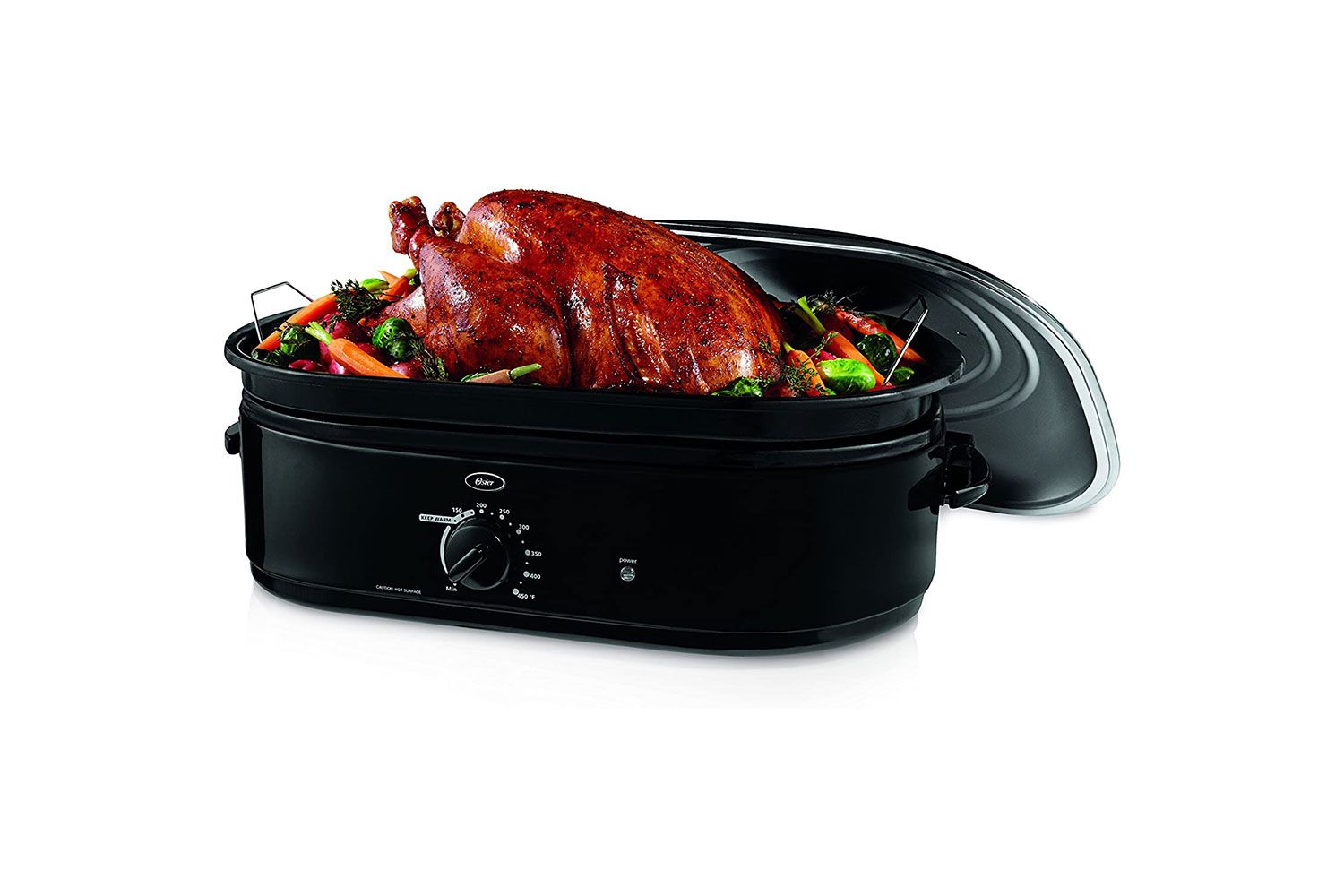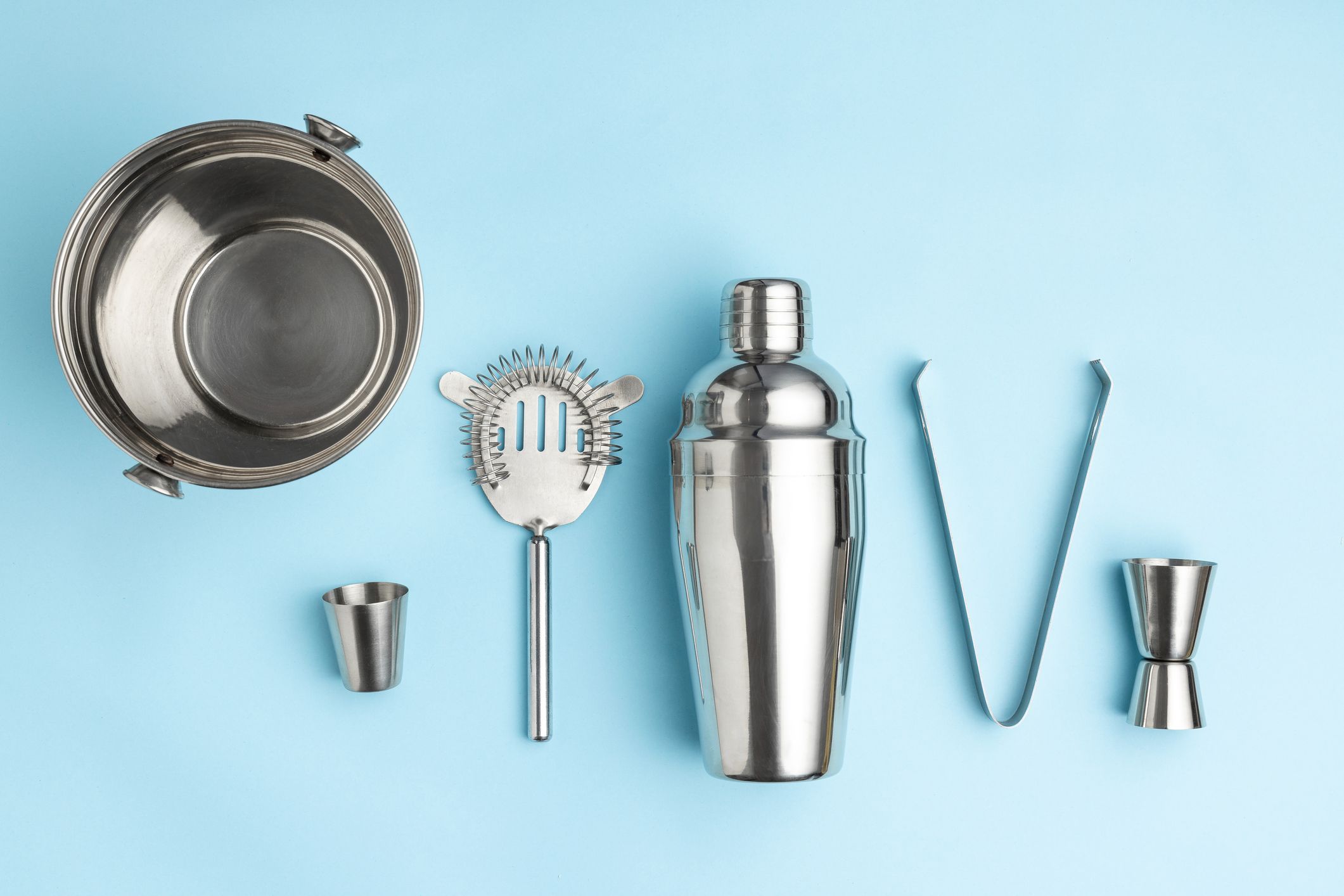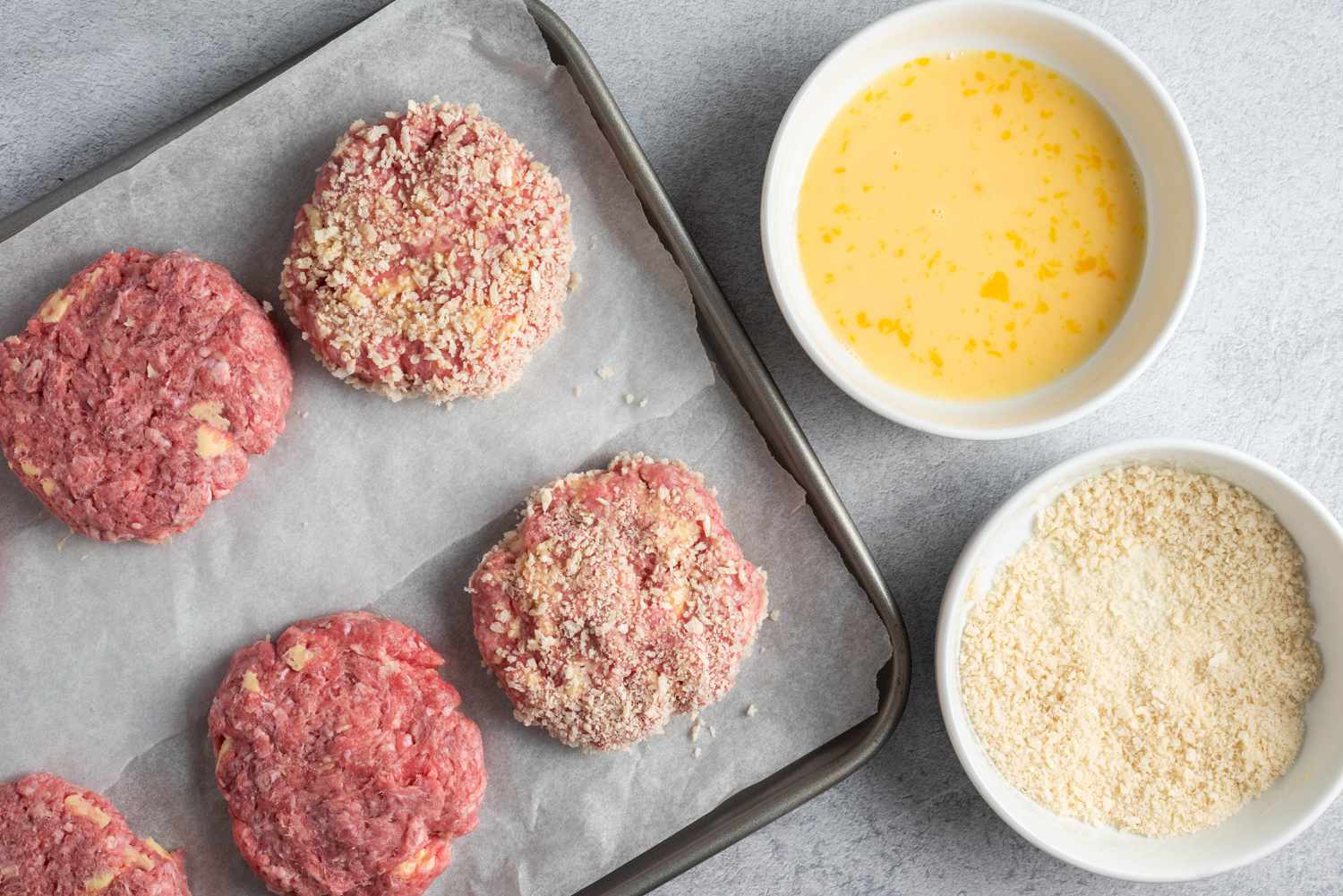Alginate spherification transforms liquids into gel-like spheres, creating bursts of flavor in dishes. This technique, popularized by molecular gastronomy, uses sodium alginate and calcium chloride to form delicate, caviar-like beads. Perfect for adding a touch of elegance to cocktails, desserts, or appetizers, spherification can seem tricky at first. However, with a bit of practice and understanding of the science behind it, anyone can master this culinary art. In this guide, we'll break down the steps, ingredients, and tips needed to create stunning spheres that will impress your guests and elevate your cooking skills.
Essential Ingredients for Spherification Success
Mastering the Techniques of Alginate Spherification
- Sodium Alginate: 2 grams
- Calcium Lactate: 5 grams
- Distilled Water: 500 milliliters
- Flavored Liquid: 200 milliliters (juice, broth, or any liquid you want to spherify)
- Cold Water: 500 milliliters (for rinsing)
- Food Coloring: Optional (for visual effect)
- Measuring Spoons: For accurate measurements
- Blender or Immersion Blender: To mix sodium alginate solution
- Syringe or Dropper: For forming spheres
- Slotted Spoon: For removing spheres from the calcium bath
- Bowls: For mixing and rinsing solutions
The Must-Have Toolkit for Alginate Spherification
Tools Needed for Alginate Spherification
- Sodium Alginate: A gelling agent derived from brown seaweed.
- Calcium Lactate: A calcium salt used to create the gel.
- Distilled Water: Ensures purity and consistency in the reaction.
- Immersion Blender: Mixes sodium alginate with liquid evenly.
- Fine Mesh Strainer: Removes any lumps from the alginate solution.
- Syringe or Pipette: Forms the spheres by dropping the alginate mixture into the calcium bath.
- Calcium Bath: A bowl filled with calcium lactate solution.
- Slotted Spoon: Retrieves the spheres from the calcium bath.
- Cold Water Bath: Rinses the spheres to stop the gelling process.
- Measuring Spoons: Ensures accurate measurements of ingredients.
- Digital Scale: Weighs ingredients precisely.
- Mixing Bowls: Holds solutions and mixtures.
- Paper Towels: Dries the spheres after rinsing.
Use cold oil to set alginate spheres quickly. Drop the liquid mixture into the oil, and the cold temperature will help form perfect spheres without sticking together.
The Art and Science Behind Spherification
Alginate spherification creates delicious spheres that burst with flavor. This technique transforms liquids into gel-like balls, adding texture and visual appeal to dishes. Chefs use it to impress diners with innovative presentations, making meals more memorable.
Spherification also enhances the dining experience by combining flavors in unique ways. Ingredients that usually remain separate can now be encapsulated together, offering a surprising taste sensation. This culinary method pushes the boundaries of traditional cooking, allowing for creative experimentation.
Your Step-by-Step Spherification Blueprint
Mastering the Techniques of Alginate Spherification
Basic Spherification
-
Prepare Sodium Alginate Bath
- Mix 1g of sodium alginate with 100ml of distilled water. Stir until fully dissolved. Let the mixture sit to remove air bubbles.
-
Flavor Base Creation
- Blend your chosen liquid (fruit juice, coffee, etc.) with 0.5g of calcium lactate. Ensure it's completely dissolved.
-
Dropping Technique
- Use a syringe or pipette to drop the flavored base into the sodium alginate bath. Each drop will form a sphere as it hits the water.
-
Setting Time
- Allow spheres to sit in the bath for 1-2 minutes to form a gel-like outer layer.
-
Rinsing
- Gently remove spheres with a slotted spoon and rinse them in a water bath to remove any excess alginate.
-
Serving
- Serve immediately or store in a water bath for short-term use to maintain texture.
Reverse Spherification
-
Prepare Calcium Lactate Bath
- Dissolve 1g of calcium lactate in 100ml of water. Stir until fully dissolved and let sit to remove air bubbles.
-
Alginate Base Creation
- Blend your chosen liquid with 0.5g of sodium alginate. Ensure thorough dissolution.
-
Forming Spheres
- Using a syringe or pipette, drop the alginate base into the calcium lactate bath, forming spheres upon contact.
-
Setting Time
- Allow spheres to sit for 1-2 minutes to develop a firm outer layer.
-
Rinsing
- Carefully remove spheres with a slotted spoon and rinse in a water bath to eliminate any residual calcium lactate.
-
Serving
- Consume immediately or keep in a water bath for short-term storage, preserving their delicate structure.
Frozen Reverse Spherification
-
Alginate Base Preparation
- Combine your liquid with 0.5g of sodium alginate. Mix until smooth.
-
Freezing
- Pour the alginate base into molds. Freeze until solid.
-
Calcium Lactate Bath
- Dissolve 1g of calcium lactate in 100ml of water. Stir well and let stand.
-
Bathing Frozen Spheres
- Unmold the frozen alginate spheres and immerse them in the calcium lactate bath. Leave for 2-3 minutes.
-
Rinsing and Thawing
- Remove spheres, rinse in water, and let them thaw for serving.
-
Serving
- Enjoy these spheres with a liquid core and gel shell immediately after thawing for the best experience.
Perfecting Your Spherification Skills
Mastering alginate spherification opens up a world of creative possibilities in the kitchen. By understanding the science behind sodium alginate and calcium chloride, you can transform liquids into delicate spheres that burst with flavor. Remember to always use distilled water for your solutions, as tap water can interfere with the process. Practice makes perfect, so don’t get discouraged if your first few attempts aren’t flawless. Experiment with different liquids and flavors to find what works best for you.
Keep your spheres uniform by using a consistent droplet size and maintaining a steady hand. With patience and practice, you’ll soon be creating stunning dishes that will impress your friends and family. So grab your ingredients, set up your workspace, and start spherifying. Your culinary creations will never be the same again. Happy cooking!
All Your Spherification Questions Answered
What is alginate spherification?
At its core, alginate spherification is a culinary technique that transforms liquids into spheres, mimicking the appearance of caviar. This process relies on a reaction between calcium ions and sodium alginate, a natural substance extracted from brown seaweed. When these two components meet, they form a gel-like membrane around the liquid, creating a unique texture and presentation for dishes.
How do you differentiate between basic and reverse spherification?
Basic spherification involves dropping a liquid mixed with sodium alginate into a bath of calcium chloride. This method works best with liquids that don't contain calcium. On the flip side, reverse spherification flips the script by adding calcium to the liquid and immersing it in a bath of sodium alginate. Ideal for high-calcium liquids or alcoholic beverages, reverse spherification allows for spheres with a liquid center and a more robust outer membrane.
Can alginate spherification be used with any liquid?
Almost! However, success hinges on the liquid's calcium content and acidity. For liquids low in calcium, basic spherification is your go-to. If you're dealing with a high-calcium liquid or something acidic, reverse spherification might work better. Sometimes, adjusting the pH or adding calcium lactate can make a liquid more compatible with this technique.
What equipment do I need to start with alginate spherification?
Kicking off your spherification journey requires a few key tools: a digital scale for precise measurements, a blender to mix your solutions thoroughly, a few syringes or pipettes for droplet formation, and a slotted spoon for retrieving your spheres from the bath. Plus, don't forget your main ingredients: sodium alginate and either calcium chloride or calcium lactate, depending on your chosen method.
How long do spherified creations last?
Freshness is key with spherified spheres; they're best enjoyed immediately. Over time, the gel membrane continues to thicken, altering the intended texture. If you must store them, a few hours in a covered container in the fridge is your limit before quality starts to dip.
Can I flavor the spheres in alginate spherification?
Absolutely! Infusing your liquid with herbs, spices, or other flavorings before the spherification process is a fantastic way to add depth. Just ensure your additives don't interfere with the chemical reaction. For example, blending fruit with a bit of sugar and straining can yield a flavorful base for your spheres.
Is alginate spherification safe to eat?
Yes, when done correctly, spherified dishes are safe and fun to eat. Sodium alginate and calcium salts are food-grade substances widely used in the food industry. As with any cooking technique, ensure your ingredients are fresh and your workspace is clean to avoid any food safety issues.
